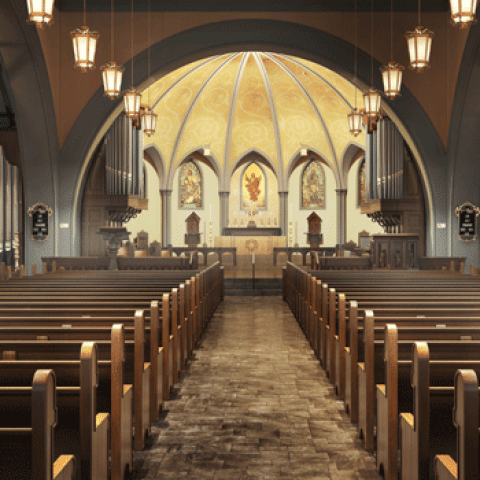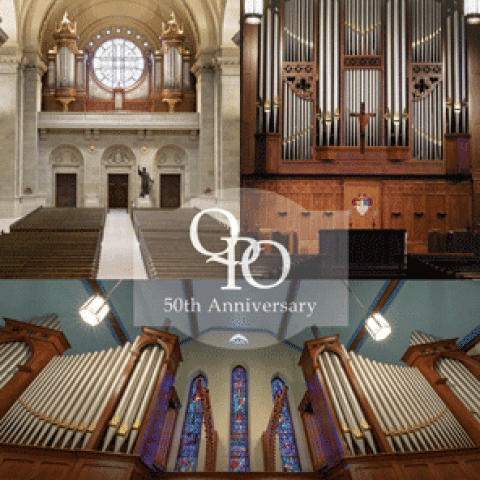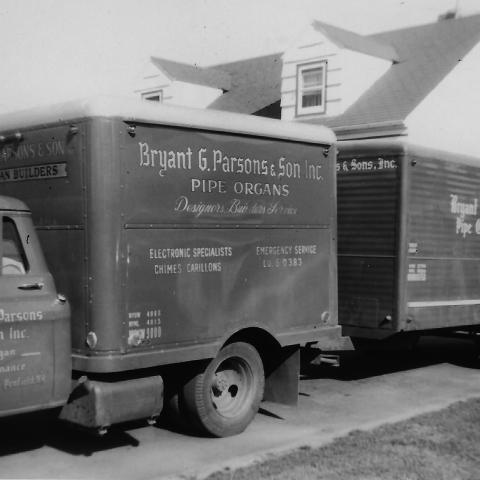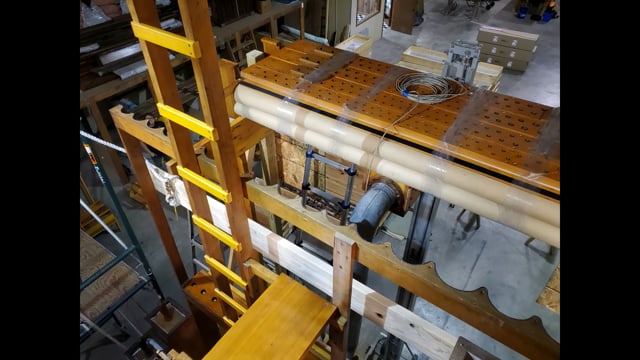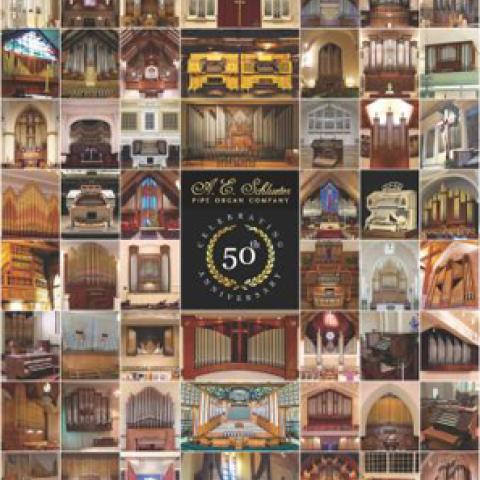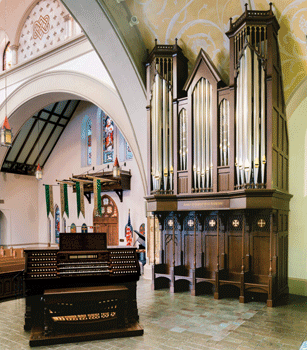
Goulding & Wood Pipe Organ Builders celebrates its 40th anniversary and the installation of Opus 52 as The Diapason’s March cover feature.
The year 2020 was an historic year for the company for many reasons. For Goulding & Wood Pipe Organ Builders of Indianapolis, 2020 marked forty years of operation and afforded a chance to look back at the arc of the company’s history. The capstone of this anniversary year was the completion of the firm’s Opus 52 organ for Saint John’s Episcopal Cathedral of Knoxville, Tennessee.
See https://www.thediapason.com/content/goulding-wood-pipe-organ-builders-cover-feature
For information: https://www.gouldingandwood.com/
See the video of the Saint John’s Episcopal Cathedral, Knoxville, Tennessee, organ: https://www.youtube.com/watch?v=DHVZxHGWpCQ&feature=youtu.be
Photo credit: Ben Finch
Other organ builder anniversaries:


